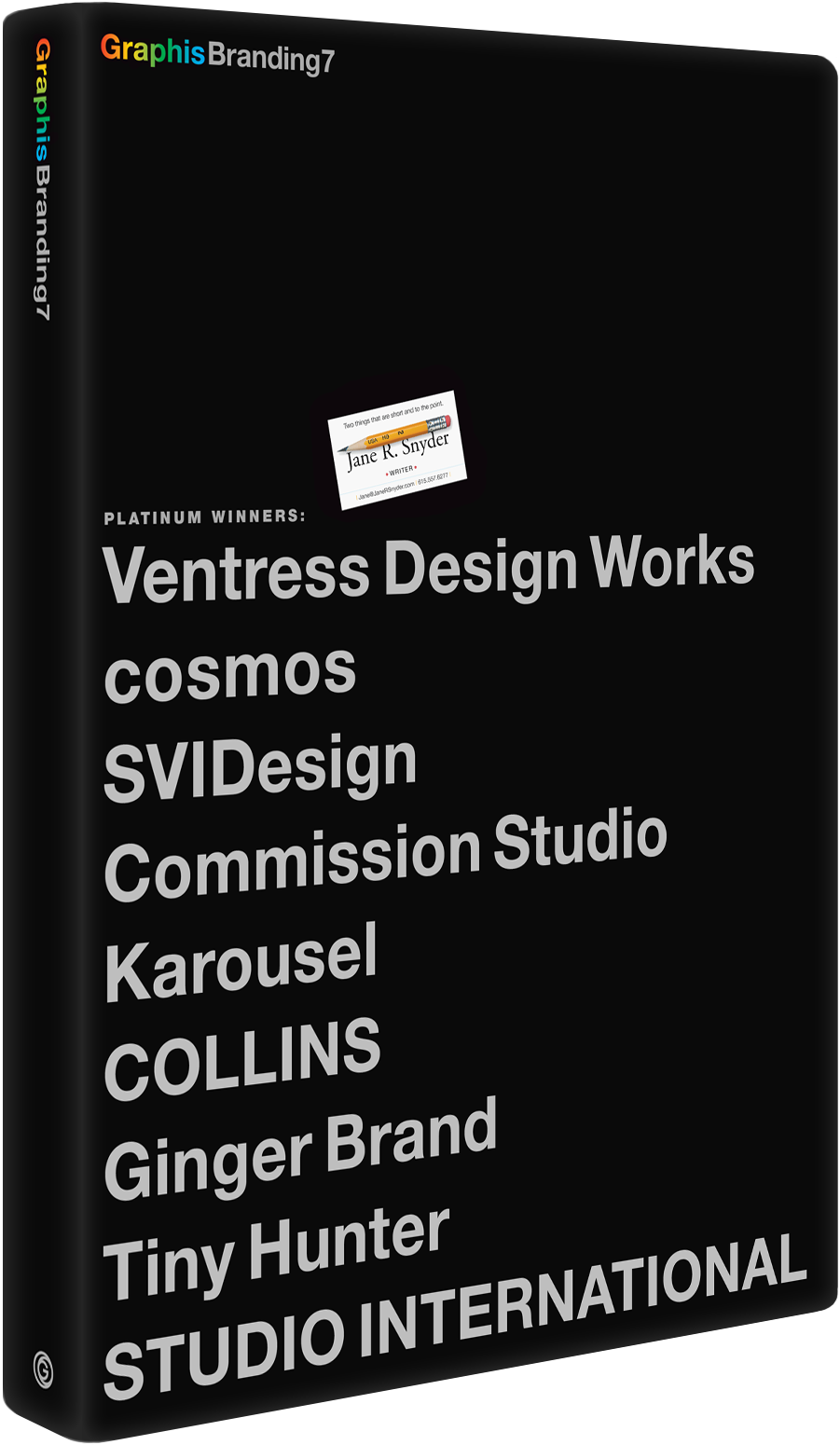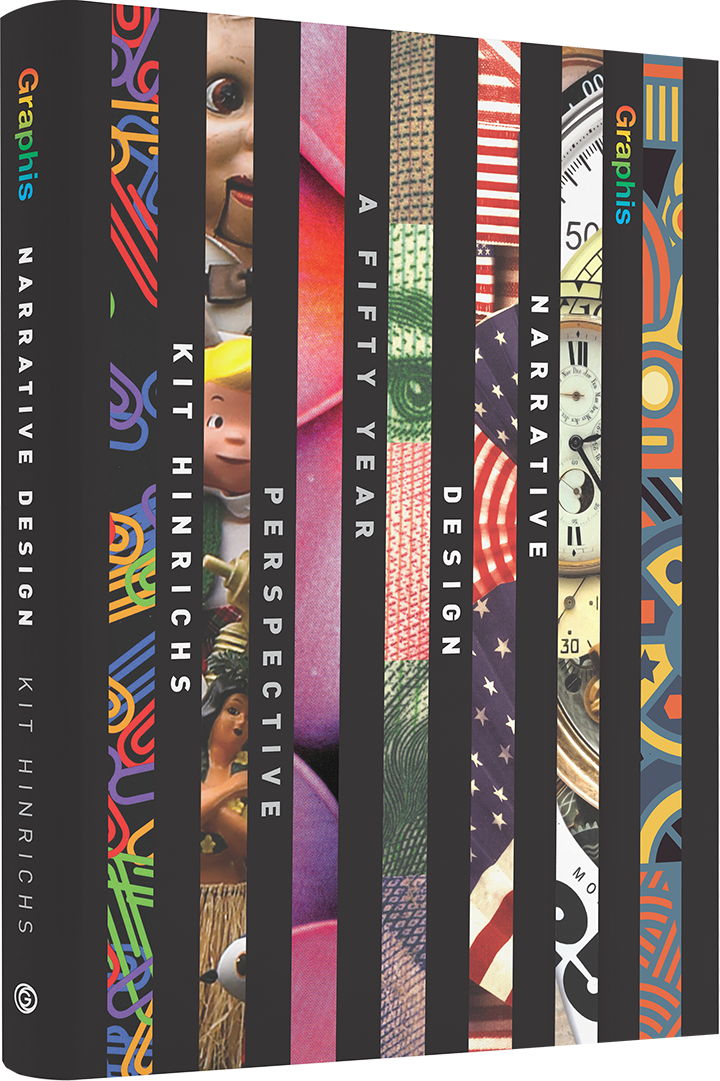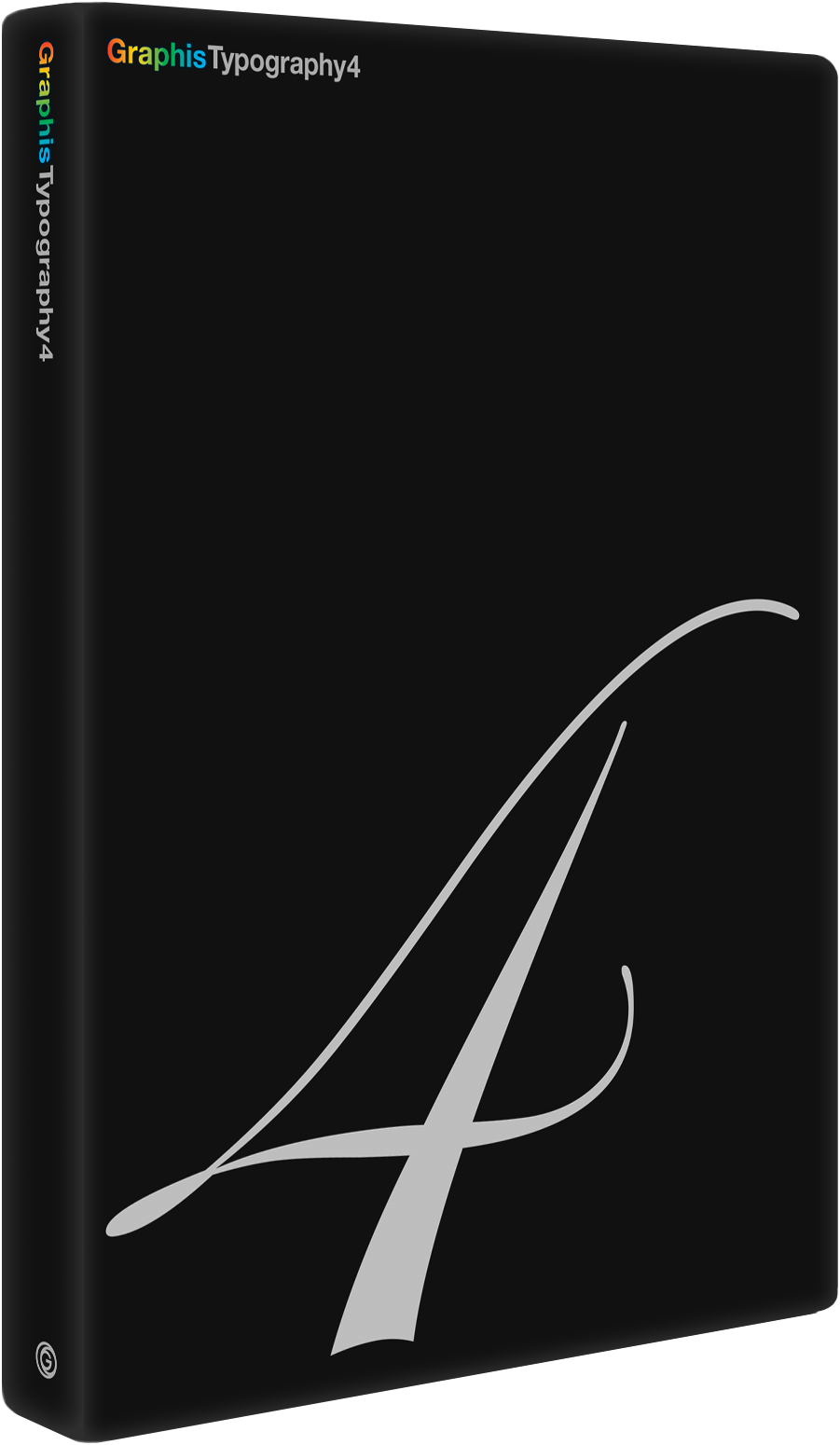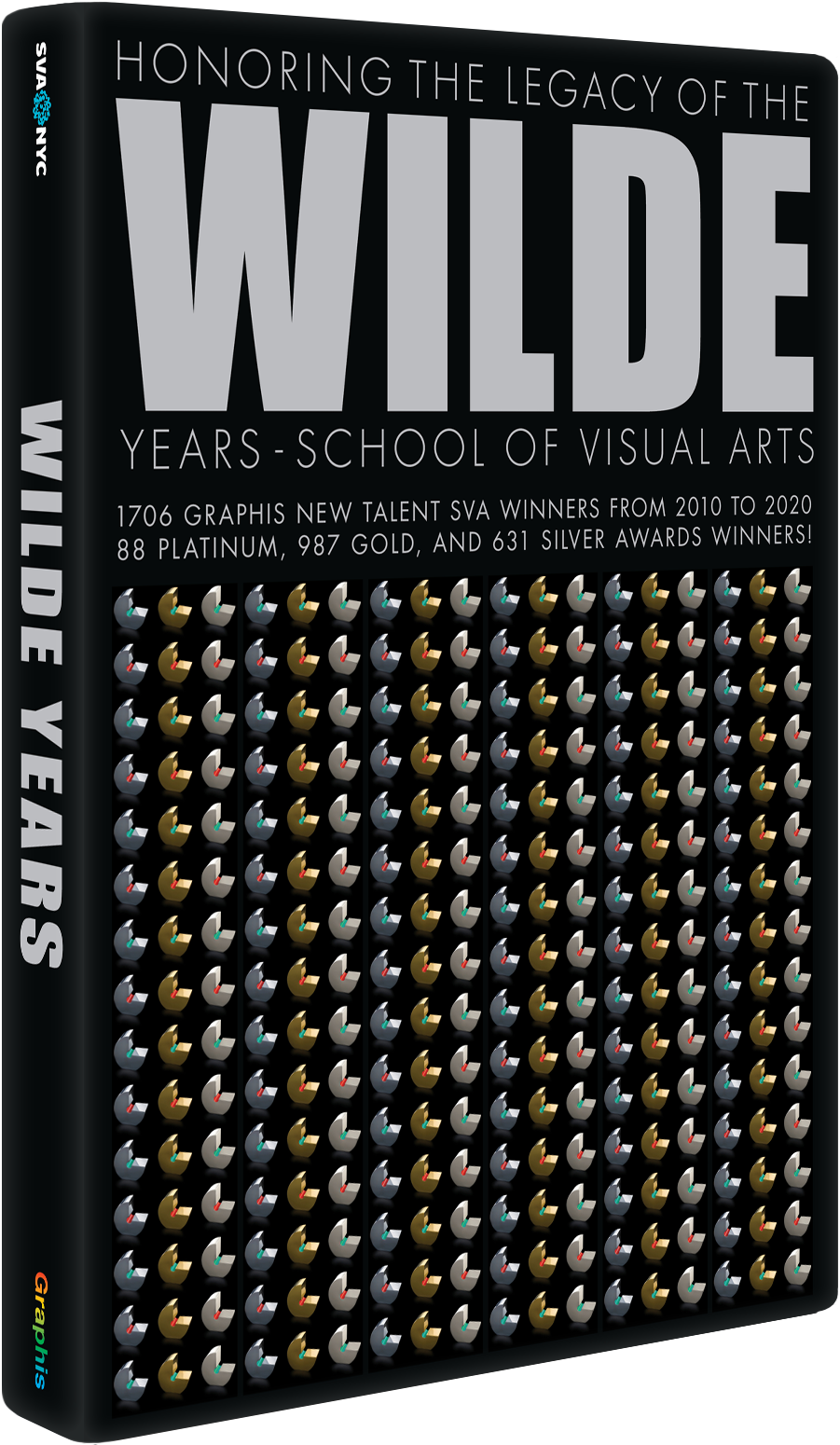
KMS TEAM GmbH
Bio:
Knut Maierhofer, born in 1962, studied graphic design in Munich. In 1984, he founded KMS TEAM, a leading company for brand strategy, brand design and... brand communication. Precision and functionality are the hallmarks of Knut Maierhofer’s work. Through clear and timeless design, he creates fascinating and appealing visual systems that bring the personalities of brands and companies to life and make them sustainable. With 30 years of experience, Knut Maierhofer is cognizant of the importance of a responsible, evolutionary development of brands and companies. However, design also calls for courage and a radical approach. Knut Maierhofer has received numerous national and international awards for his focused and consistent design.Read More
Category:
Advertising
Company:
KMS TEAM GmbH
Contact:
https://www.kms-team.com/en/Awards:
Over 500 national and international awards.




































